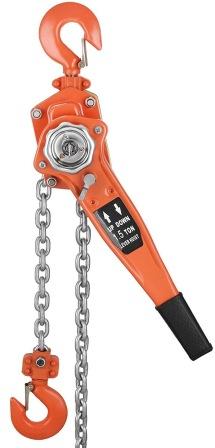“Is IGKT best positioned to set fundamental guidelines?”
With the knot knowledge and expertise that is collected within the membership and Forum contributors, I believe the answer is without question YES, after all, if not the IGKT, then who?
BUT: The IGKT title is pretentious, because the IGKT is not in fact a Guild. It is not a Guild because it does not award levels of membership based on knowledge or achievement or services to Nodeology. In truth, the IGKT is little more than a ‘Mens Shed’ for Knotters.
So, rephrasing the question slightly to ‘Should the IGKT involve itself in setting fundamental guidelines?’ then, I believe my answer would need to be a resounding NO. For this seeming contradiction, obviously some explanation is both due and indeed, necessary.
Let me start with a little background. My career has been spent in Analysis, and for the major part I ran Analytical Laboratories covering the disciplines of Chemistry, Microbiology and Physical attributes. During that time, I served on numerous Industrial advisory bodies and a similar role to the government, achieving both academic and professional accreditation. When need arose to produce Guidelines on Testing and Standards of Operation, I was in a position to Chair working parties drawn from industry, to produce those guidelines and to expect them to be accepted by the industry as a whole. In drawing up those standards and guidelines, the Working Parties would often draw upon the knowledge and advice of experts in highly specialist areas, who, although vital to the process, could not be expected to be able to draw up standards and guidelines acceptable to the industry at large.
So, based on that background, I frame my first question - “Who / what is the target industry that these Guidelines are to apply to ?”
If the target audience is nothing more than IGKT members, then it would be appropriate to draw a working party from those expert members. But if that is the case, then the goal is incredibly myopic. Hopefully though, the goal is to produce guidelines of value to the whole (or at least a major part) of the knot using industry. If that is the case, then, for the guidelines to be acceptable to that industry, the working party would need to include respected representatives from its various branches. It is rational for the IGKT to champion such a project, perhaps even initiate its funding, even provide a rich supply of specialist experts - But, the working party would need to be established from respected members of the target industry. This is a lot of work and means starting the project in a ‘different place’, but without it, the good intentions are likely to ‘Light their way to dusty death’ (thank you Will.).
This is turning into a lengthy post, but one more aspect is worth throwing into the pot for consideration, and that, based on my experience as a professional analyst are the two ‘Laws of Analysis’.
The first is that the result depends upon the sample, and the second is that we almost never test for what we wish to know…
Now, before you all start muttering “Stupid boy Pike (Derek)” for stating the obvious - that ‘the result depends upon the sample’ - you should by now, know me better - there is more to it than just the obvious. Yes, the magnitude of the test result will be influenced by the value of the parameter in the test sample, but also, the nature of the sample will influence the choice of the test method, and test methods almost never measure exclusively the parameter you are interested in, and to compound the problem, they often measure some other parameter and infer the parameter of interest. Of course, I don’t expect you to believe me, so here are a couple of simple examples -
Moisture in cordage : If the sample is expected to be be high moisture, the analyst might used a vacuum oven at 70 C. But this method measures anything that is volatile in a vacuum at 70C and does not measure any moisture that is tightly bound to the sample.
: if the sample is expected to be low moisture, the analyst might use Karl-Fisher reagent. But again, he is not analysing moisture, he is analysing anything that reacts with hot Iodine, and hopes that this is mostly water.
So you see, yes the sample and the magnitude of its target attribute will directly influence the result, but it will also influence the choice of measurement technique which in turn will influence the inherent errors potentially present in the selected analytical technique.
This leads nicely to the second law - that we almost never test for what we want to know… You have already seen this in the simple example of measuring moisture, but it gets worse. We rarely stop to ask - what do we really want to find out? Instead we ask - what can I measure? then attempt to infer from those results a feel for the real issue that compels us.
So, my second question is - “What is the real thing we want to quantify?”
This leads us to HACCP, but I will cover that is a second post.
Derek

